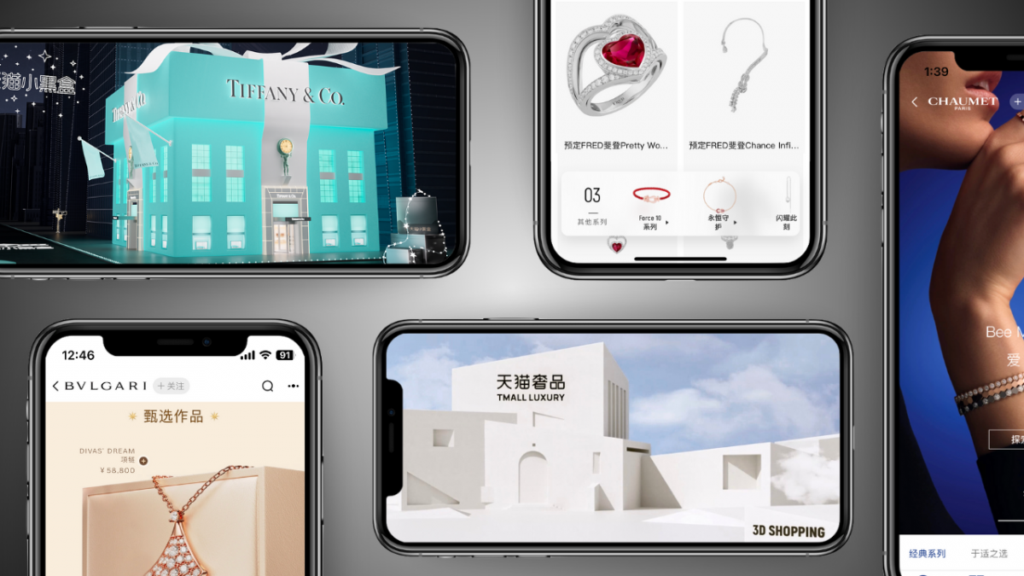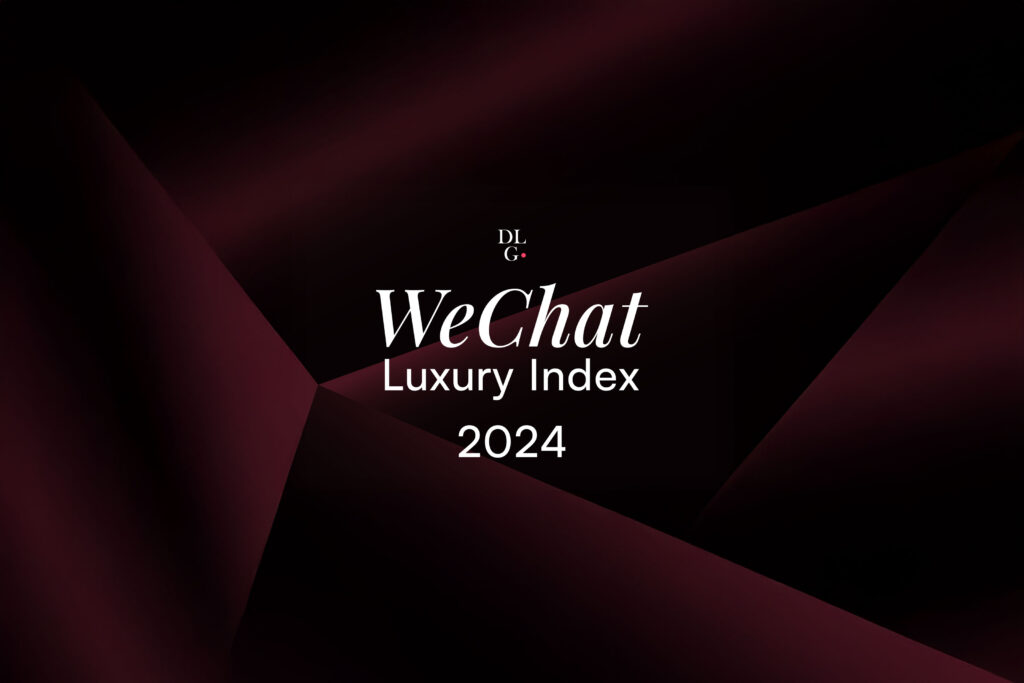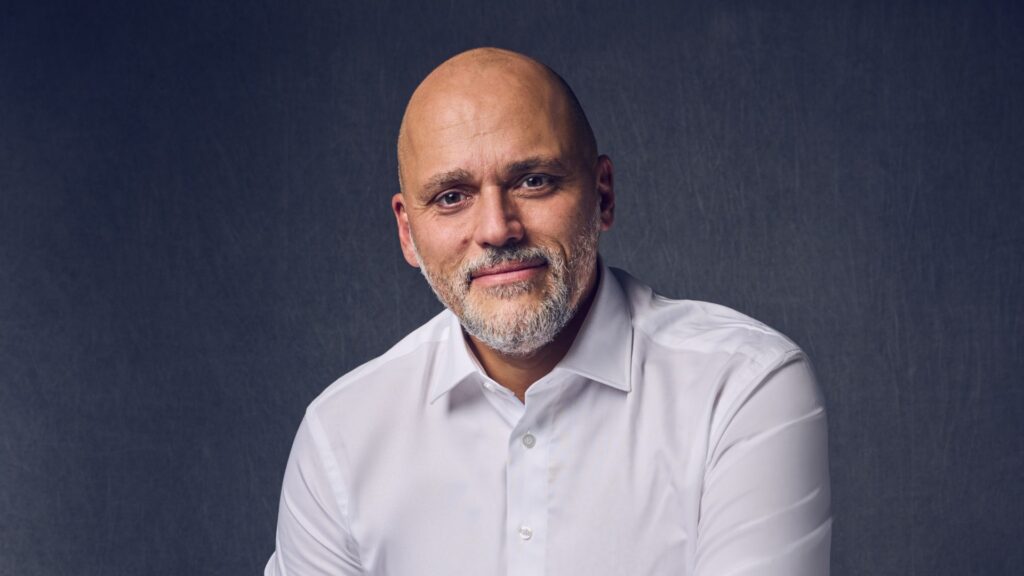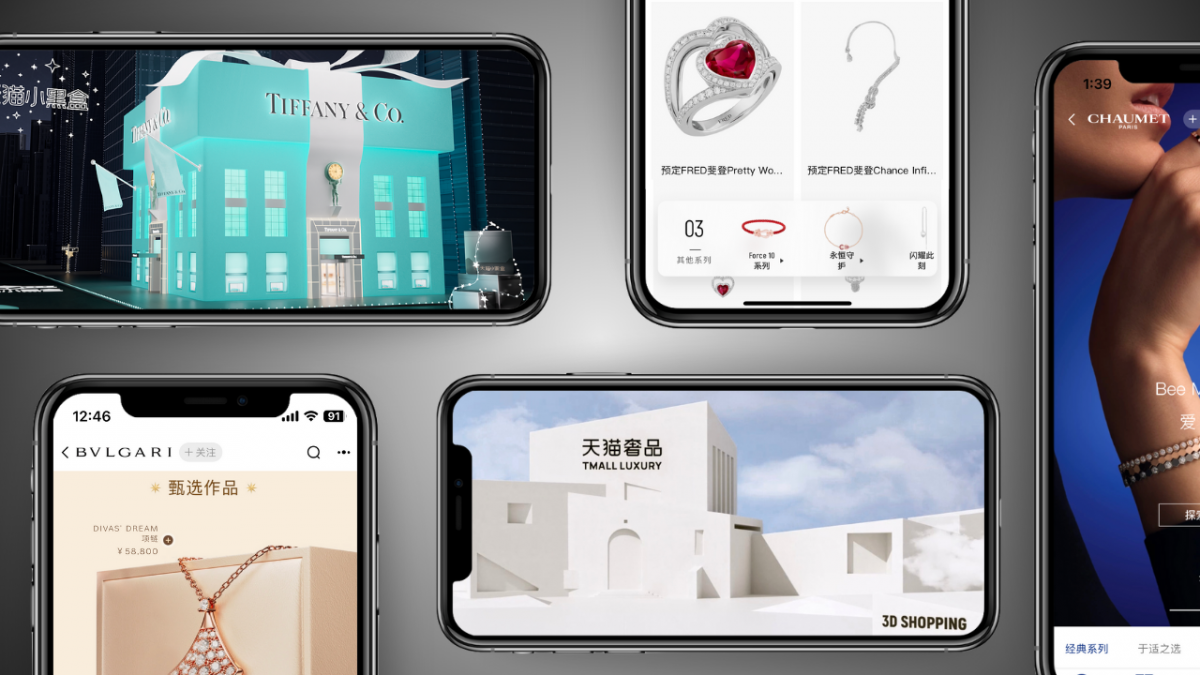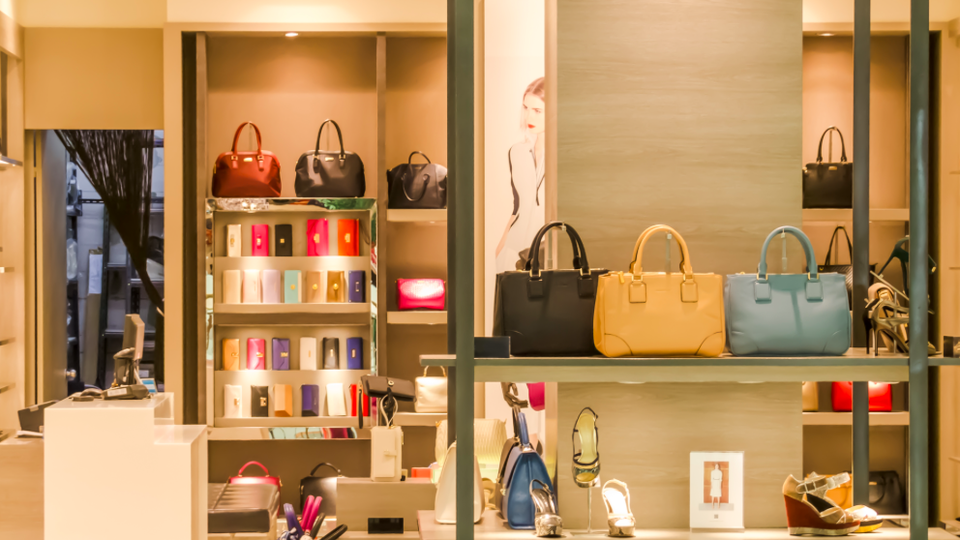For retailers still wedded to the stack-‘em-high approach, the writing is on the minimally decorated wall. In an age where anything can be delivered tomorrow, physical stores must offer something worth leaving home for.
Picture a lipstick.
Not just any lipstick—your lipstick. Once upon a dreary time, you’d have trudged to a department store, awkwardly done the awkward wrist-swatch dance under ghastly fluorescent lighting, only to scuttled home with yet another tube destined for handbag purgatory. How desperately boring… Now? Well, we’re finally getting somewhere.
That same lipstick purchase has become the catalyst for your own personal Parisian escapade. Think midnight jazz clubs, late-night cinema screenings with Margot Robbie, and fragrance experts who understand that scent isn’t something you wear—it’s something you live.
And here’s the delicious truth that’s making traditional retailers choke on their Earl Grey: it’s working brilliantly. While old-guard merchants wring their hands over declining footfall and pray to the Gods of commerce for salvation, savvier brands are turning shopping into the kind of adventure that makes Netflix look positively pedestrian.
Traditional brand communication is like sitting through a film; what we’re creating is a triple-A video game, and we all know which industry is booming and which one is nervously eyeing the exits.
From Storytelling to Storydoing
Let’s dissect this evolution, shall we? Storytelling was all about brands talking at you, telling you who they were while you tried not to fall asleep. Storydoing, on the other hand, puts you front and center. You don’t just hear the story; you live it, breathe it, Instagram it. Why? Because we’re wired to remember experiences that ignite our emotions and tickle all our senses. Memory anchoring, they call it—like that Paris weekend you remember vividly, long after last week’s Amazon delivery is forgotten. (Sorry, Jeff.)
Add in Émile Durkheim’s concept of “collective effervescence”—that fizzy, intoxicating feeling of sharing an experience with others—and you’ve got retail gold. It’s why people flock to experiential spaces, and why social proof kicks in the moment someone posts about it online. Retailers who understand this have cracked the code. The numbers speak for themselves: experiential retail spaces are generating spending three to four times higher than traditional setups, according to the U.S. Commerce Department. Turns out, when you give people something worth remembering, they’re rather keen to open their wallets.
Chanel: Curated Evening Out In Paris
Take Chanel, for instance. Their Rouge Allure Velvet Nuit Blanche pop-up isn’t just a lipstick launch; it’s a meticulously curated evening out in Paris. Visitors wander through eight themed spaces, each representing an hour of the night. They begin in a high-end convenience store, then meander into a luxe cinema, where lipstick films star none other than Margot Robbie. The experience culminates in Le Red Note, a jazz club where fragrance experts teach the fine art of scent.
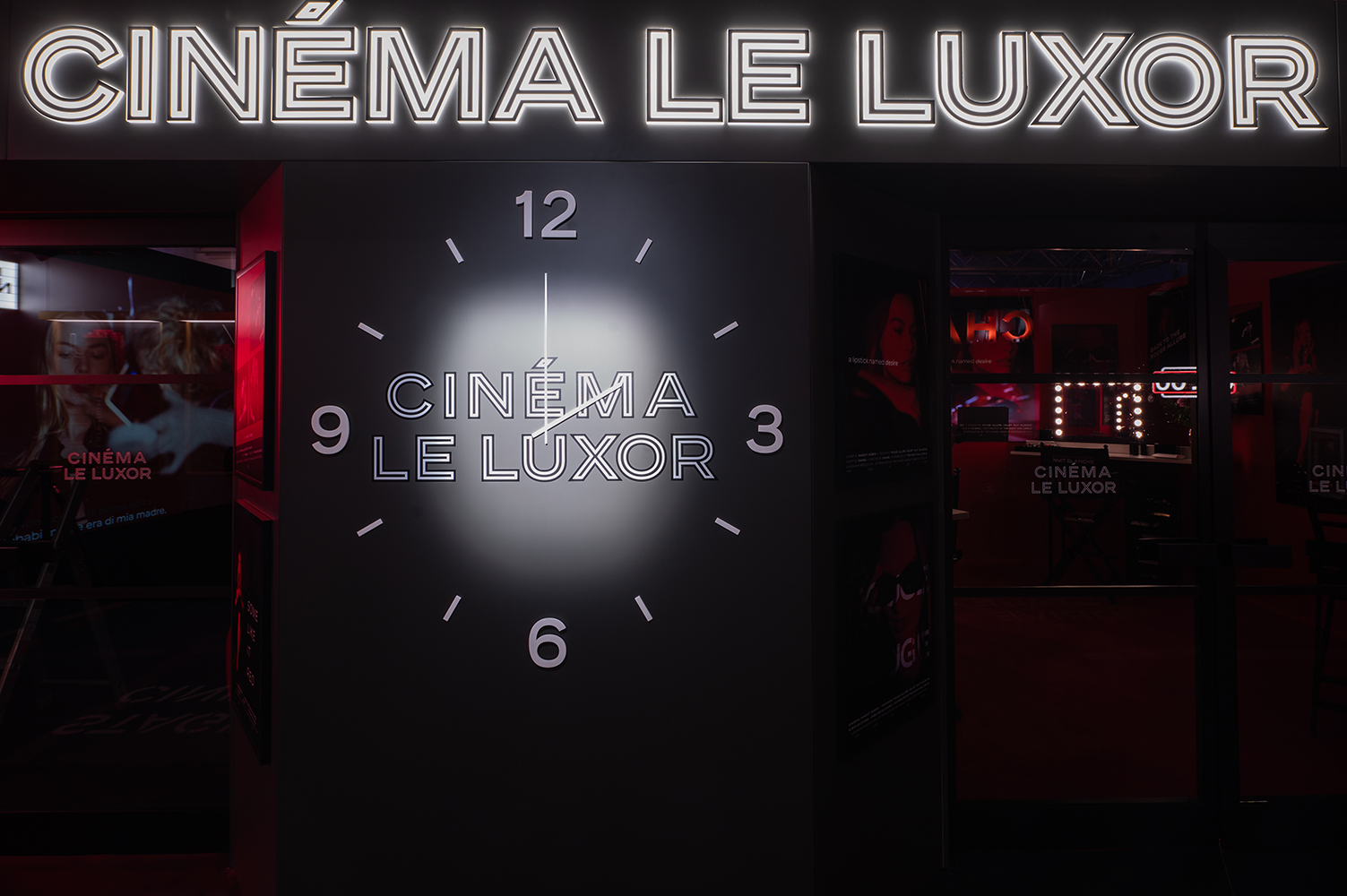
Credit: Courtesy
This isn’t just shopping—it’s a narrative that cements Chanel in your memory. And it works. According to EventTrack, 85% of consumers are more likely to buy after a branded experience, and over 90% report feeling more positive about the brand. Chanel isn’t selling lipstick; they’re selling a story you’ll want to relive every time you reach for that tube of crimson.
Kith: An Architectural Pilgrimage in Malibu
Next, there’s Kith’s Malibu flagship, which has turned retail into an experience worthy of architectural pilgrimage. Just off the Pacific Coast Highway, Kith’s space seduces you with dark cedar siding and minimalist brass signage. Inside, it’s a paradise of travertine floors, velvet curtains, and curated greenery—a haven that whispers, “Stay a while.” And why wouldn’t you, with Nobu-inspired soft serve at the Kith Treats bar? Yes, the Caramel Soba Cha Swirl is real, and yes, it’s as over-the-top as it sounds.
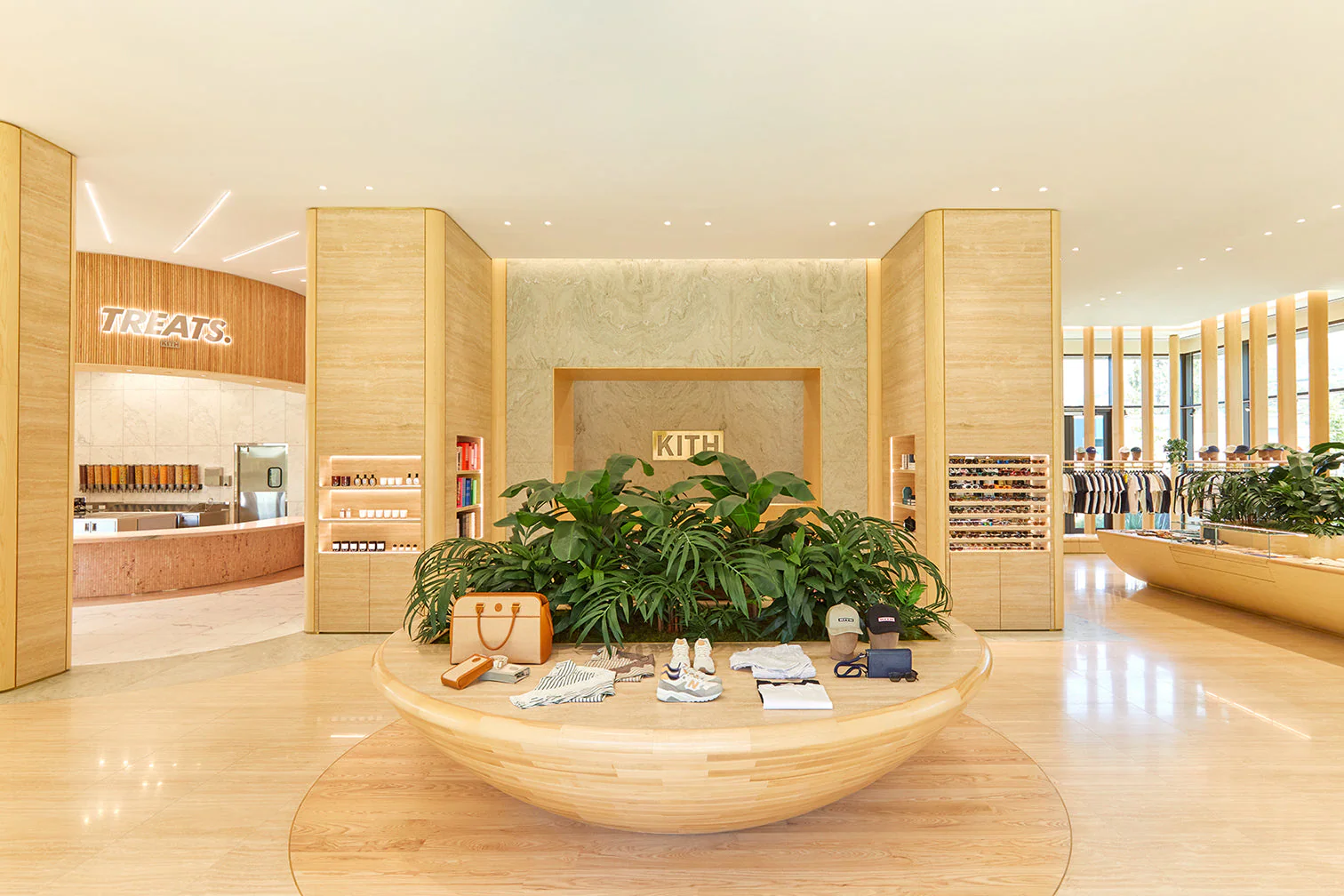
Credit: Courtesy
The genius of Kith is that you’re not just buying clothes; you’re buying into a lifestyle, ice cream in hand. Exclusive sneaker drops with New Balance drive constant buzz, and a Malibu-inspired capsule collection ties it all together. It’s no accident this works: Deloitte notes that experiential retail increases net promoter scores—an indicator of loyalty—by up to 20%. Kith has turned its store into a cultural event, and that’s a strategy you can taste.
Dior’s Hybrid Hospitality
Finally, there’s Dior, who have taken experiential retail to dizzying new heights—literally. Why settle for a spa on land when you could have a facial aboard a train cruising through Southeast Asia? Or on a boat gliding down the Seine? Dior’s Kobido-inspired treatments on the Eastern & Oriental Express and their floating spa on the Seine cater to experience-hungry consumers.

Credit: Courtesy
A Dior-branded massage with a view of Notre Dame? It sounds ludicrous, but in a world where 78% of Millennials prefer experiences over possessions, it’s practically common sense. Dior’s strategy isn’t just about indulgence; it’s about brand immersion. Every product becomes a memory anchor. Apply your Dior face cream, and you’re back on that boat, cocktail in hand, soaking in the Parisian sunset. The experience sells itself—and turns buying into an investment in a glamorous life, not a mere transaction.
The New Reality of Retail
Gone are the fluorescent lights and surly teenagers of retail past. Today’s shopkeepers are building palaces of pleasure, where buying stuff has become almost secondary to the business of having fun.
Walk into Lululemon’s new Chicago flagship and you might wonder if you’ve stumbled into a wellness resort.
The logic is simple enough. Amazon demolished traditional retail’s convenience advantage years ago. Physical stores had to find a new selling point or die trying. Their answer? Theatre. From Samsung’s product-testing playgrounds to Canada Goose’s artificial snow rooms—where shoppers test parkas in -27°C conditions—retailers are turning shopping into entertainment.
The numbers suggest they’re onto something. Shoppers spend four times longer in these experiential stores than in traditional outlets—and they spend more money too.
When Sephora introduced makeup masterclasses to its stores, the average transaction value jumped by 40%. Little wonder luxury brands from Gucci to Hermès have rushed to add restaurants and art galleries to their shops.
For retailers still wedded to the stack-‘em-high approach, the writing is on the minimally decorated wall. In an age where anything can be delivered tomorrow, physical stores must offer something worth leaving home for.
The future of retail is less about selling things and more about selling experiences. The cash register just happens to ring along the way.


